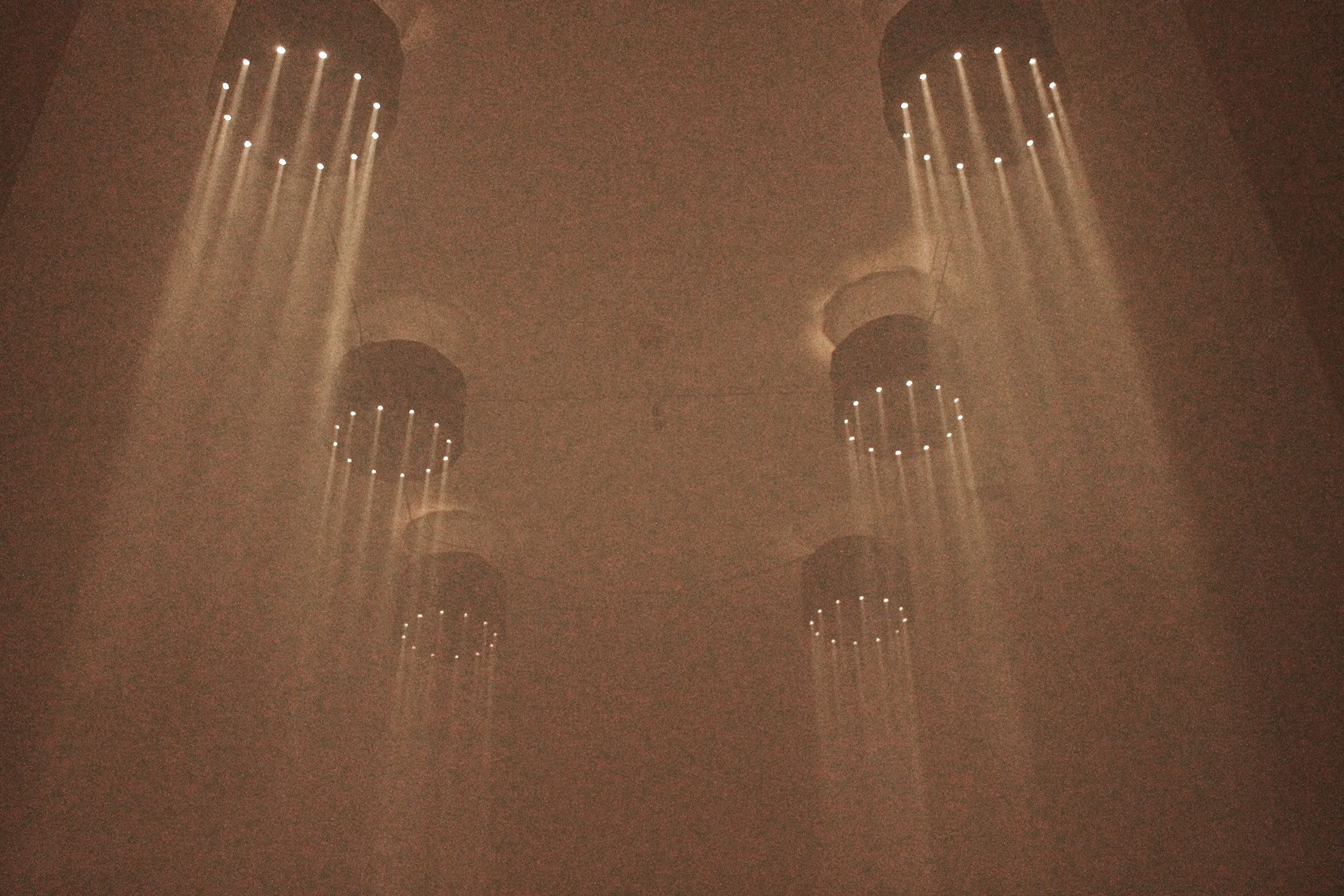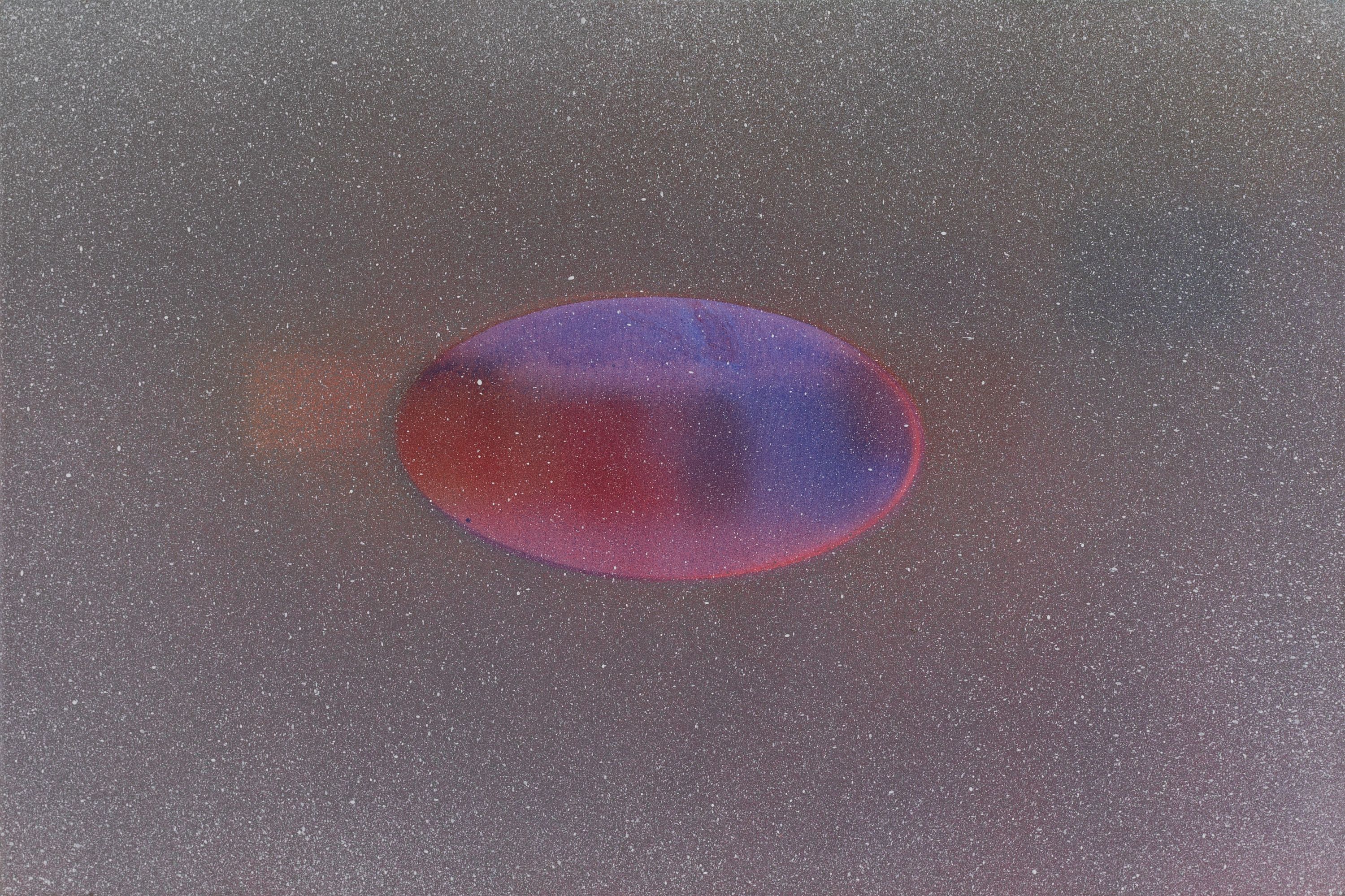Erik Mátrai
Porticus
| Venue: | acb Gallery |
| Date: | May 10 – Jun 01, 2012 |
Description
Erik Mátrai, though graduated as a painter from the Hungarian University of Fine Arts in 2004, from early on has continued to experiment with different media, even his diploma work was a video installation. Most of his works are videos, photos, objects, audiovisual and light installations, though sometimes he returns to the more traditional genres such as drawing.
Mátrai is committed to Christian transcendency and the possibilities of its artistic expression since the beginning of his career. His art, showing simple symbols and paraphrases, is inspired by his personal experiences. The recurrent, characteristic elements, like the murmuring or the quietly wavering water, the sea, the fire, and the light phenomena are also meant to be more: experiences to calm the mind, to soothe, to subserve the meditation.
This exhibition, Porticus, is a monumental light installation entirely filling the whole exhibition area. It is a virtual peristyle, created in a dark place filled with smoke, with lighthasps. The position and the proportions of this portico are references to ancient temple architecture. The artist has been carrying out experiments with space and light, primarily for capturing and mediating the experience of transcendence. Mátrai's motivation is based on his own Christian faith and on the transcendence-experiences of his faith, but his installations leave room for other religious or cultural approaches as well.
Light is determining both as physical material and space-organizing element, but also as a symbol on Mátrai’s installations. At Porticus, the lighthasps, running parallelly between the gallery’s floor and ceiling, forming a cylindrical shape, recall the fluted structure of antique columns. These lighthasps create the peristyle. The white cube space rolls itself up in dark, its forms and borders cannot be perceived, the space disappears, what remains is the forest of light columns. The exhibition space literally transforms into a sacred place. The empirical (visual and spatial) experience is enriched by various intellectual interpretations.

